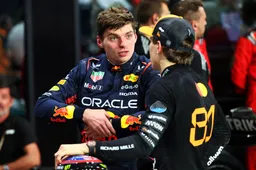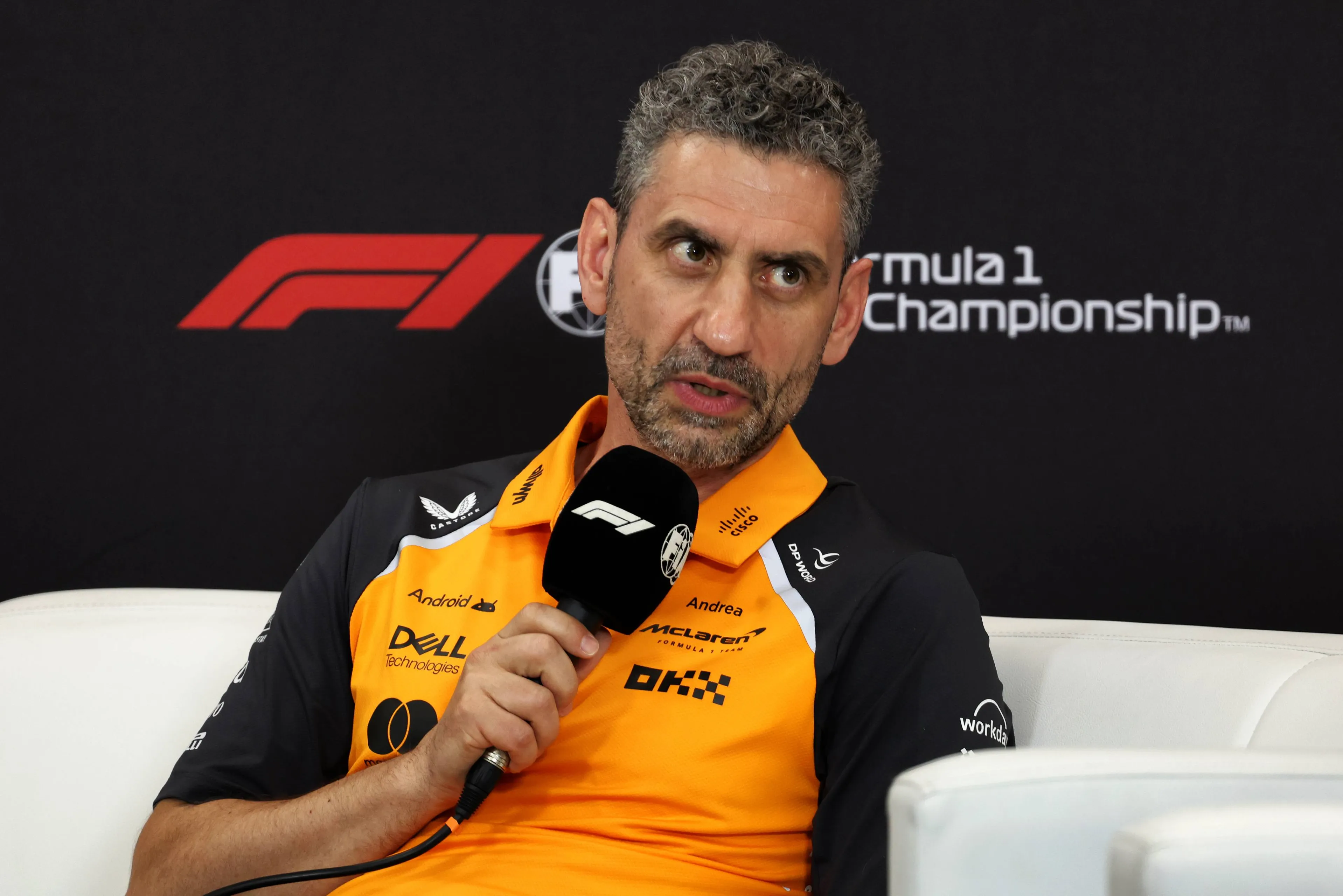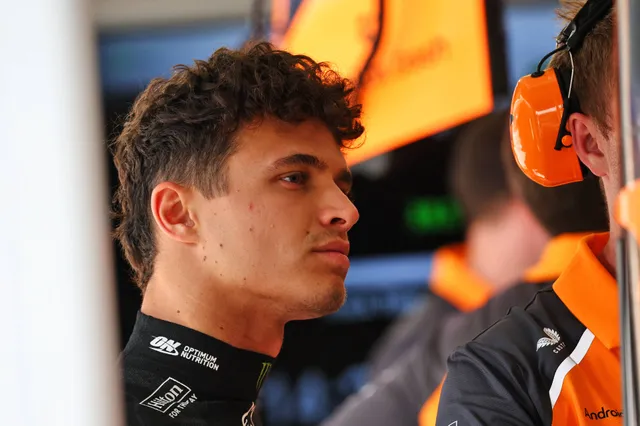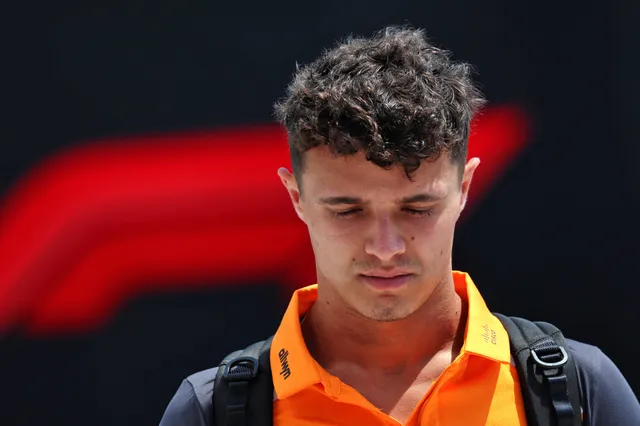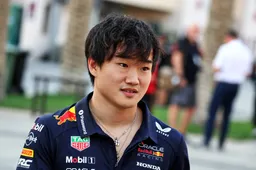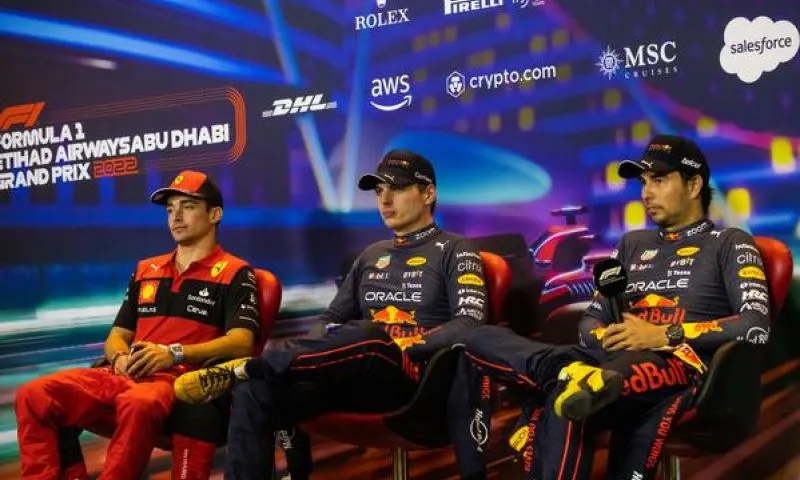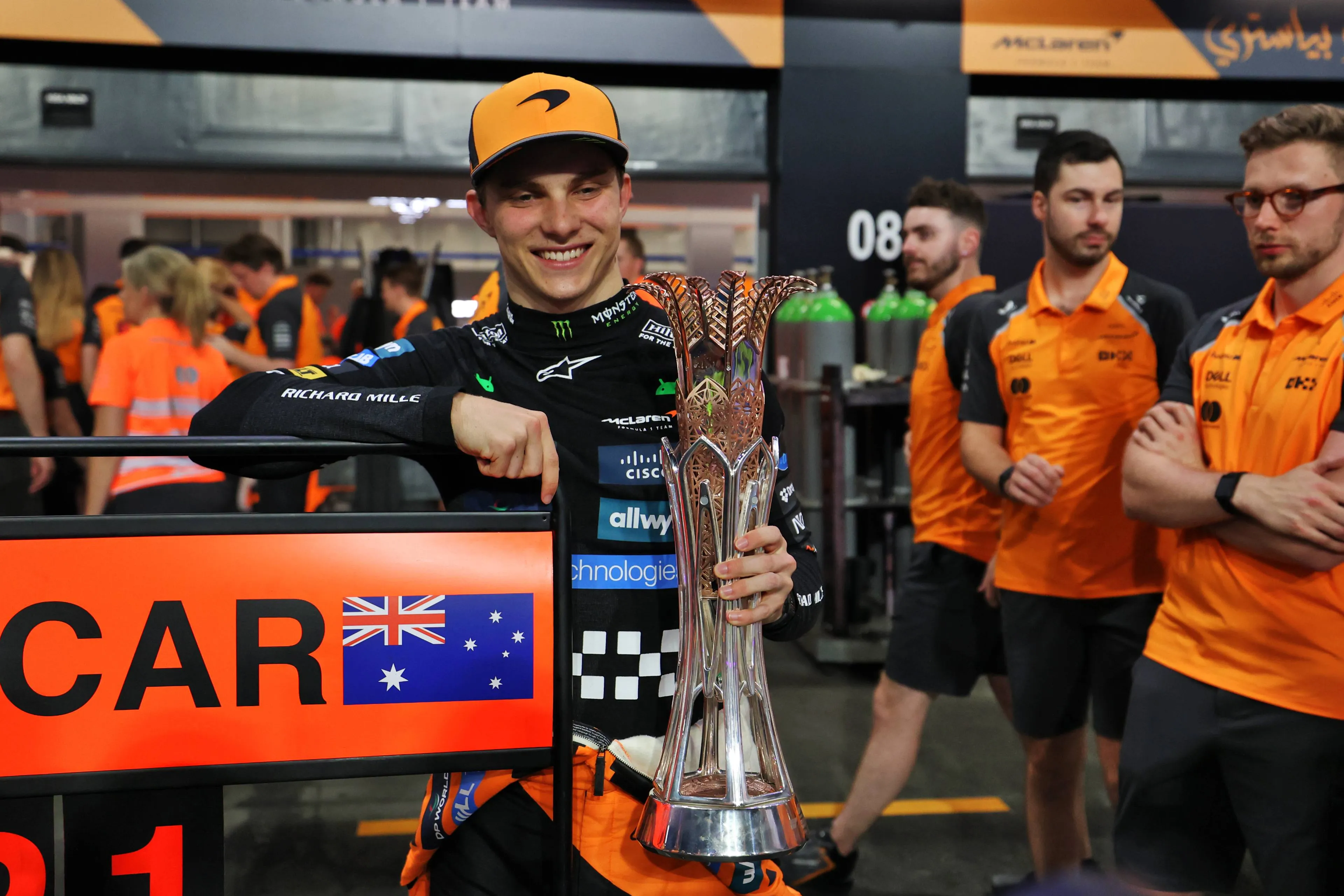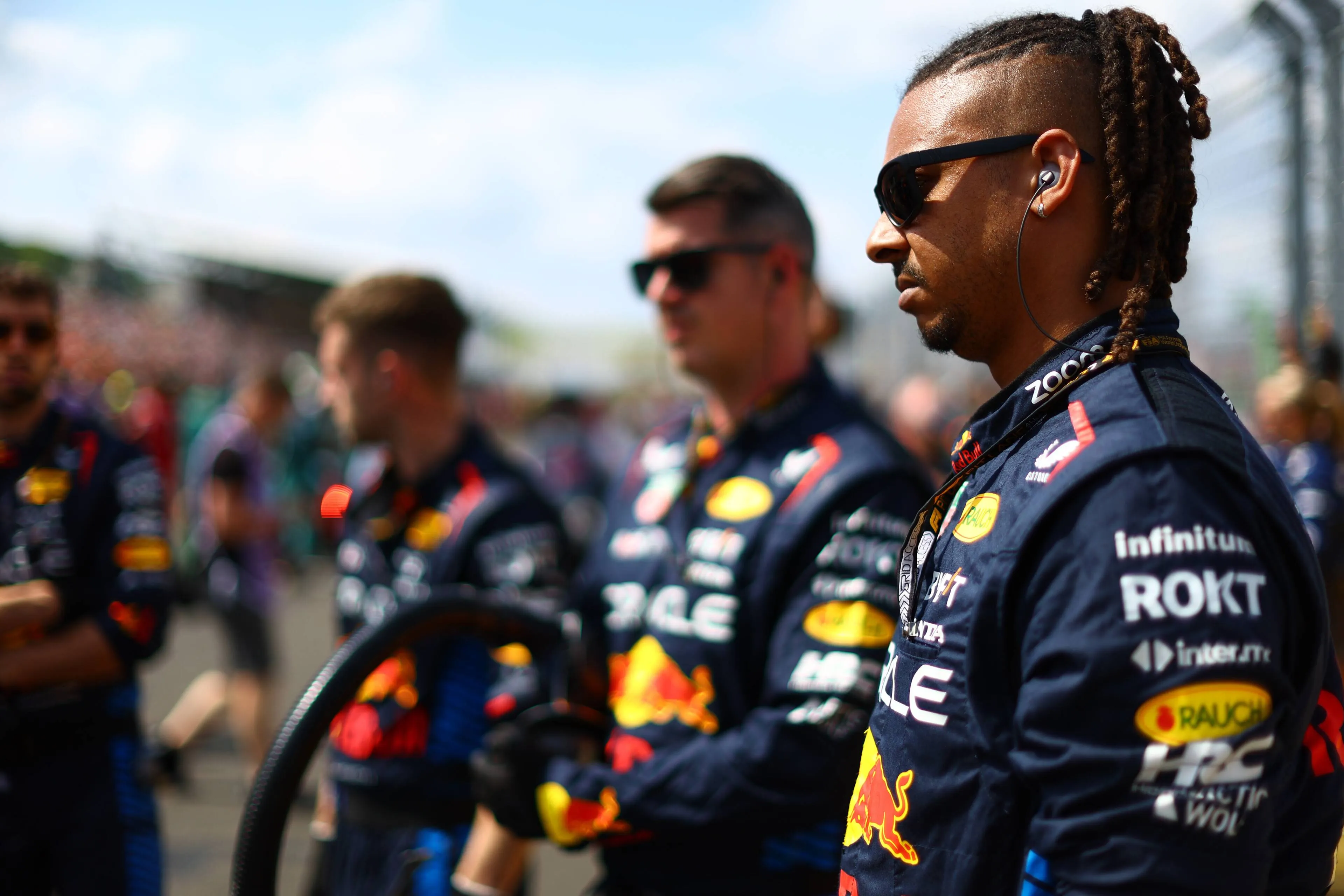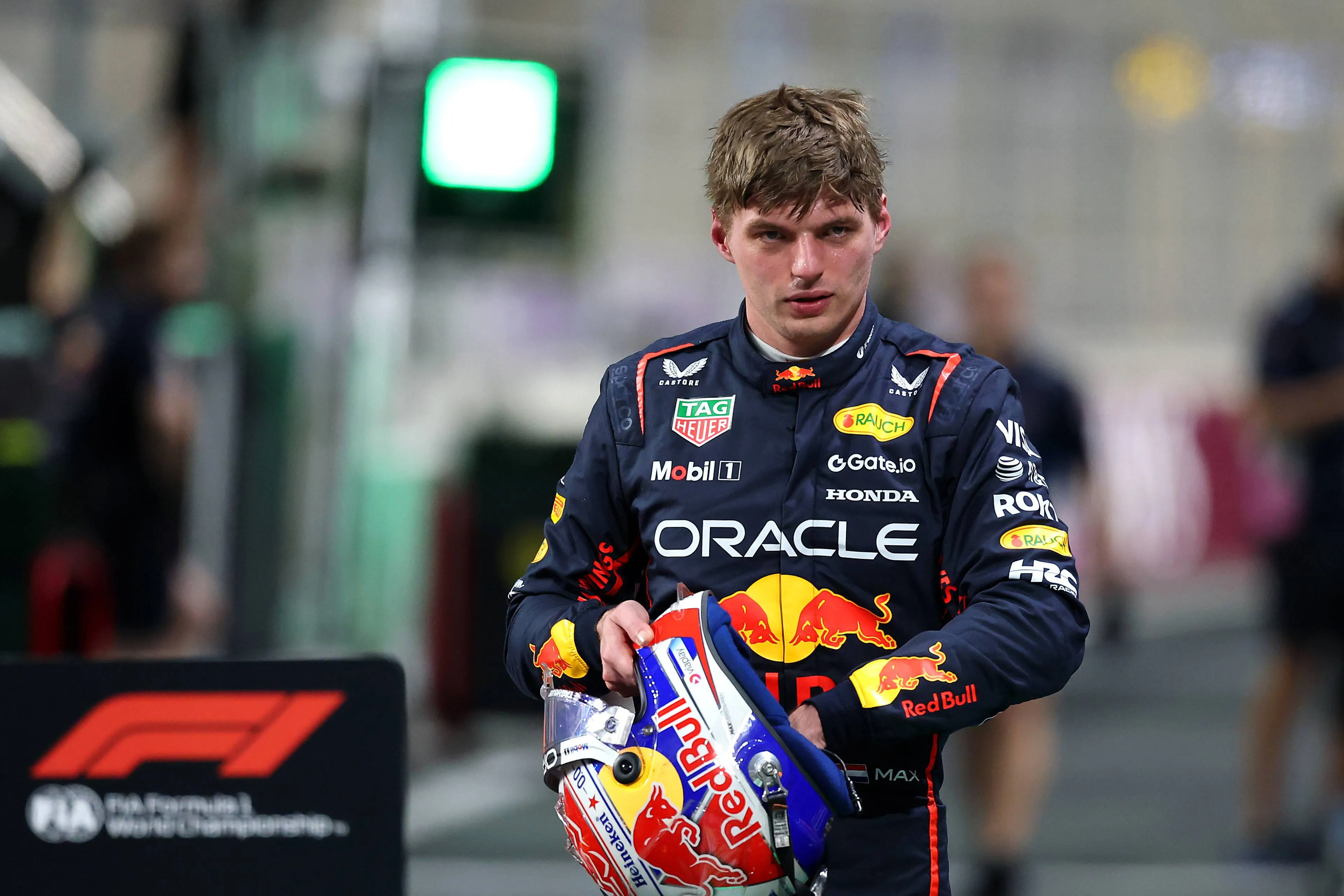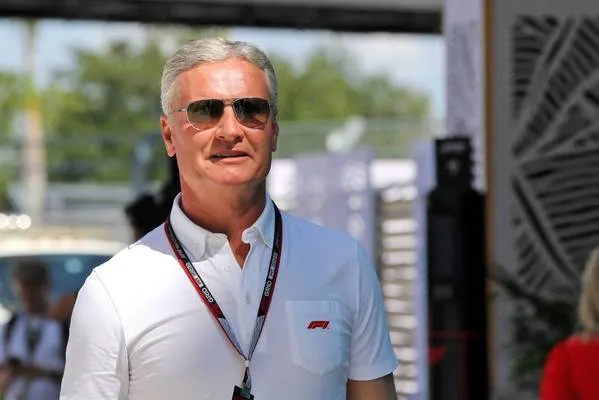Stella admits the "understanding" of the McLaren car "when on the limit" is "relatively numb"
Andrea Stella has admitted that the "understanding" of McLaren's 2025 car, when on the limit, is "relatively numb".
The British team have dominated proceedings so far to start the 2025 Formula 1 season, winning four out of the first five Grands Prix of the year, seeing them lead the constructors' championship on 188 points, 77 points clear of Mercedes in second with 111 points.
Oscar Piastri's three wins in five races mean he has taken the championship lead after his victory at the Saudi Arabian Grand Prix, overtaking teammate Lando Norris with 99 points to go into first, with Norris just behind on 89 points, while Max Verstappen sits just two points behind in P3.
However, even with their impressive start to the campaign, not everything has gone perfectly for the papaya-coloured team, and Stella knows that there are improvements needed when the McLaren is right on the edge of its performance.
Stella: "Not much information is coming from the car"
"I think, obviously, the car has a certain envelope of performance," began Stella, speaking in the Jeddah paddock to several media sources, including GPblog.
"That's what the car can give you. But the way you exploit this envelope is a little tricky for our drivers. There's a lot of grip, there's a lot of grip, and then that grip disappears. You go one KPH faster, and the grip disappears.
"This transition seems to be quite sharp, and the feedback you receive from the car in terms of understanding when you're on this limit is relatively numb. I think that's where the drivers almost have to use a lot of guessing as to how the car will behave," continued the Italian.
Read also
In recent qualifying sessions so far this season, they have been disappointing for Norris behind the wheel of his McLaren, highlighted by his crash in Q3 around the Jeddah Corniche Circuit that meant he could only start from P10, unable to get to grips with the McLaren's one-lap pace in recent weeks.
"There's not much information coming from the car," continued the McLaren team boss. "I think that's what we are struggling with a bit from a team point of view, in terms of achieving what we want in designing a car that provides this kind of feedback to drivers, and what the drivers may struggle with on their side.
"They need to use quite a lot of guessing as to what the car will be doing. This is not a position that myself, as a team principal, I want to be in. We need to do a better job of designing a car that allows the drivers to realise where the limit is, lean on that, and get a good feeling from the car," concluded Stella.
Popular on GPBlog

Mega transfer on the horizon? 'Russell and Red Bull in conversation
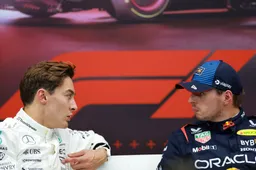
Russell as Verstappen's teammate at Red Bull? Here's what Max thinks!

F1 Today | Russell and Horner hold talks, Verstappen on Russell possibly moving to Red Bull
